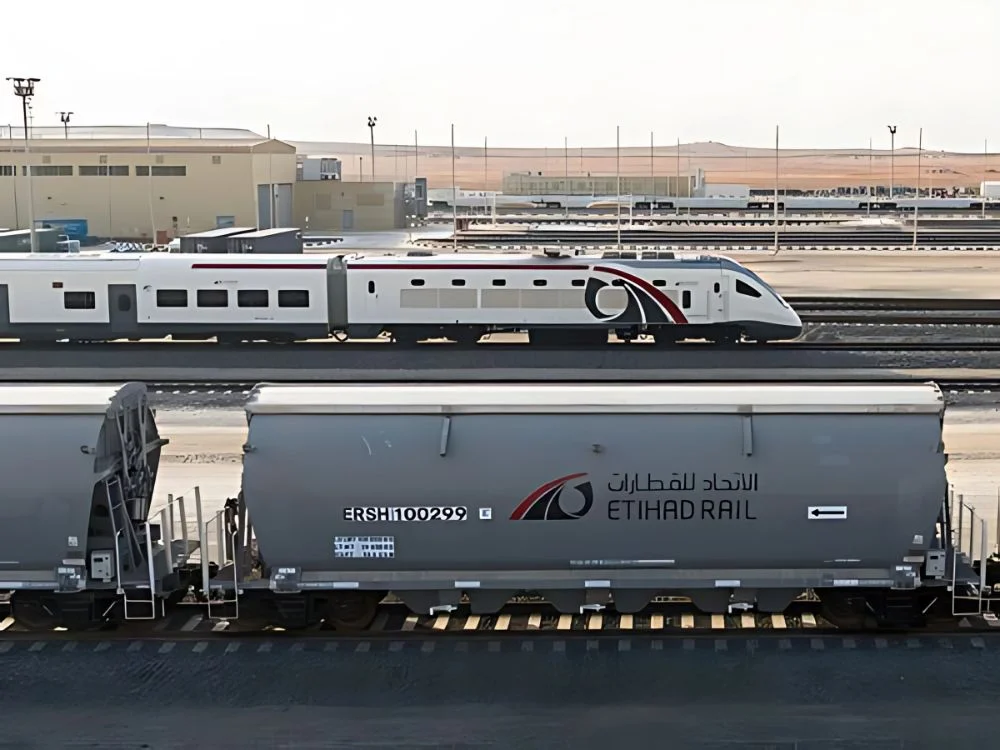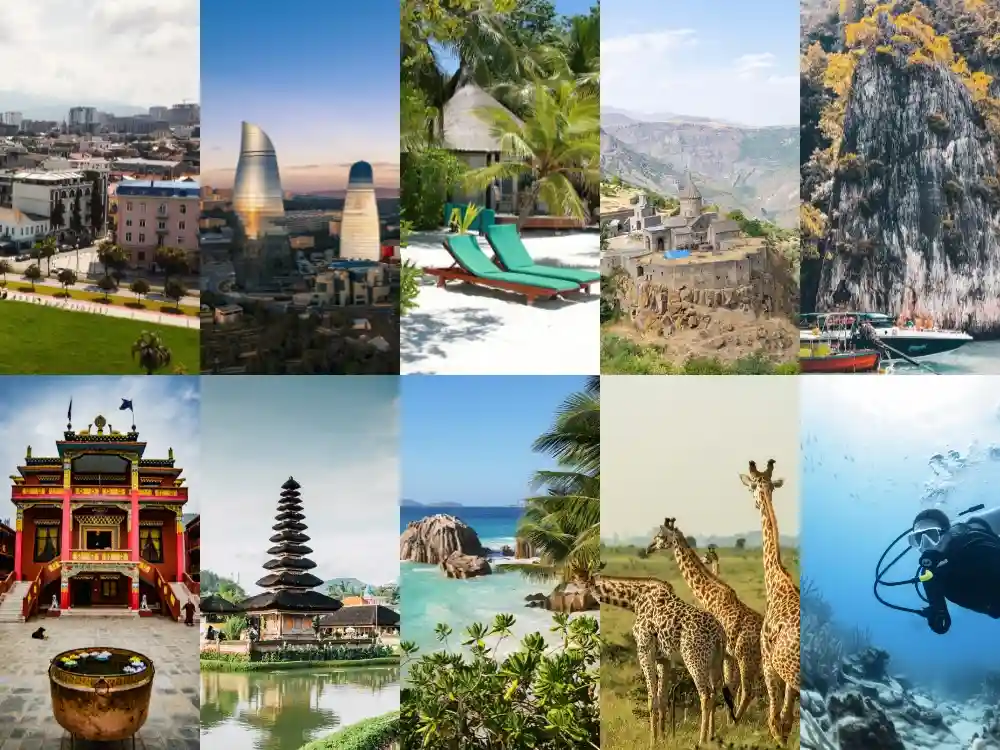Etihad Rail: Transforming Travel Across the UAE

In a country known for futuristic skylines and innovation, a quieter but equally revolutionary project is on track—Etihad Rail, the UAE’s national railway network. Set to launch passenger operations by 2026, Etihad Rail promises to redefine travel across the Emirates, offering a faster, more sustainable alternative to car and air travel.
What is Etihad Rail?
Etihad Rail is the UAE’s first major railway system, designed to serve both freight and passenger needs. The project spans over 1,200 km, connecting the western border at Al Ghuwaifat with the eastern port of Fujairah, passing through Abu Dhabi, Dubai, Sharjah, and other key emirates along the way.
Phase One (complete): Currently operational for freight, running between Shah, Habshan, and the port of Ruwais.
Phase Two (underway): Expands the network to all seven emirates and introduces passenger train services, expected to launch by 2026.
The goal? Seamlessly connect cities, ports, industrial zones, and communities across the country.
When and Where Will Etihad Rail Operate?
The first passenger services are expected to launch by 2026, starting with major inter-emirate routes such as:
Abu Dhabi to Dubai
Dubai to Fujairah
Abu Dhabi to Al Ain
Sharjah to Dubai
These routes aim to support commuters, domestic tourists, and residents seeking a reliable alternative to highway travel.
In the long term, Etihad Rail will also play a key role in connecting to the GCC Railway Network, linking the UAE with Saudi Arabia and beyond.

Why Etihad Rail Matters for Travelers
For residents and tourists alike, Etihad Rail introduces a new way to move around the UAE:
1. Fast & Efficient
Trains are designed to reach speeds of 200 km/h for passengers, drastically reducing travel time. For instance, the trip from Abu Dhabi to Fujairah—which can take more than 3 hours by car—will be cut to approximately 100 minutes.
2. Sustainable & Green
Rail travel emits significantly less CO₂ than cars or planes. Etihad Rail is a key part of the UAE’s Net Zero 2050 goals, reducing traffic and lowering environmental impact.
3. Comfortable & Connected
Trains will be equipped with modern amenities like air-conditioned cabins, Wi-Fi, and smart ticketing, making them ideal for commuters, tourists, and families alike.
4. Safe & Reliable
Unlike highways, rail provides a predictable, accident-free mode of transport—especially valuable during peak travel times and holidays.
Connecting Cities, Culture, and Commerce
Etihad Rail is more than a transit project—it’s about building stronger links between people, businesses, and regions:
Tourism: Scenic destinations like Fujairah, Ras Al Khaimah, and Al Ain become more accessible.
Business: Professionals will be able to commute between cities like Abu Dhabi and Dubai with ease.
Logistics: Freight operations already reduce the number of trucks on highways, streamlining trade and port operations.
For more context on how Etihad Rail supports the UAE’s long-term goals, visit the UAE Ministry of Energy and Infrastructure.
A Future-Ready Network
Etihad Rail is not only about today’s needs—it’s built for tomorrow’s. With potential future upgrades such as electrification or hydrogen-powered trains, and a seamless link to GCC countries, the project positions the UAE as a regional leader in sustainable transport.
It also complements other national infrastructure projects like smart cities, autonomous transport, and carbon-neutral logistics.
The Journey Ahead
As the passenger network prepares to launch by 2026, the anticipation is growing. Stations are being constructed across the emirates, including in Abu Dhabi, Dubai, Al Ain, Sharjah, and Fujairah—designed to be modern, accessible, and integrated with local transit.
Once operational, Etihad Rail will offer residents and visitors a new level of freedom and flexibility in how they experience the Emirates.
Etihad Rail is more than steel and stations—it’s a movement toward a smarter, greener, and more connected UAE. With the first passenger journeys just around the corner, the future of travel is pulling into the station.



